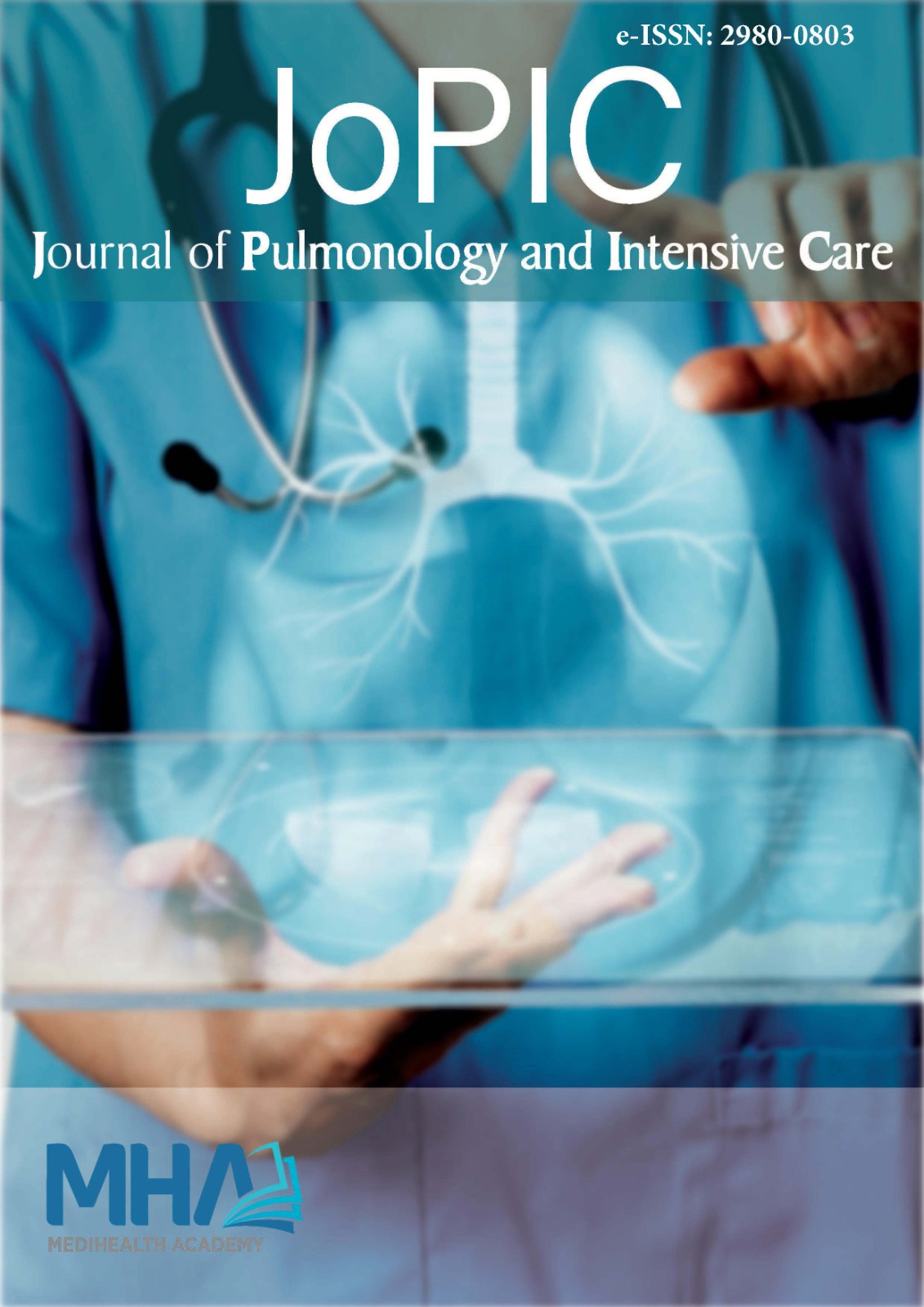1. Persson L, Engervall P, Magnuson A, et al. Use of inflammatory markersfor early detection of bacteraemia in patients with febrile neutropenia.Scand J Infect Dis. 2004;36(5):365-371.
2. Bille J. Laboratory diagnosis of infections in febrile neutropenic orimmunocompromised patients. Int J Antimicrob Agents. 2000;16(2):87-89.
3. Giamarellou H, Antoniadou A. Infectious complications of febrileleukopenia. Infect Dis Clin North Am. 2001;15(2):457-482.
4. Mulinde J, Joshi M. The diagnostic and therapeutic approach to lowerrespiratory tract infections in the neutropenic patient. J AntimicrobChemother. 1998;41(4):51-55.
5. Kern WV. Risk assessment and treatment of low-risk patients withfebrile neutropenia. Clin Infect Dis. 2006;42(4):533-540.
6. Gendrel D, Bohuon C. Procalcitonin as a marker of bacterial infection.Pediatr Infect Dis J. 2000;19(8):679-688.
7. Meisner M. Procalcitonin (PCT)-A New, Innovative InfectionParameter. Biochemical and Clinical Aspects. 3rd ed. Thieme; 2000.
8. Russwurm S, Wiederhold M, Oberhoffer M, Stonans I, Zipfel PF,Reinhart K. Molecular aspects and natural source of procalcitonin. ClinChem Lab Med. 1999;37(8):789-797.
9. Engel A, Steinbach G, Kern P, Kern WV. Diagnostic value ofprocalcitonin serum levels in neutropenic patients with fever:comparison with interleukin-8. Scand J Infect Dis. 1999;31(2):185-189.
10. Sakr Y, Sponholz C, Tuche F, Brunkhorst F, Reinhart K. The role ofprocalcitonin in febrile neutropenic patients: review of the literature.Infection. 2008;36(5):396-407.
11. Prat C, Sancho JM, Dominguez J, et al. Evaluation of procalcitonin,neopterin, C-reactive protein, IL-6 and IL-8 as a diagnostic markerof infection in patients with febrile neutropenia. Leuk Lymphoma.2008;49(9):1752-1761.
12. Link H, Böhme A, Cornely OA, et al. Antimicrobial therapy ofunexplained fever in neutropenic patients--guidelines of the infectiousdiseases working party (AGIHO) of the german society of hematologyand oncology (DGHO), study group interventional therapy ofunexplained fever, arbeitsgemeinschaft supportivmassnahmen in deronkologie (ASO) of the deutsche krebsgesellschaft (DKG-GermanCancer Society). Ann Hematol. 2003;82(2):S105-S117.
13. Donnelly JP, De Pauw BE. Infections in the ImmuncompremisedHost: General Principles. In: Mandell GL, Bennet JE, Dolin R (eds).Principles and Practise of Infectious Disease. 6th ed. Elseiver ChurchillLivingstone Inc; 2005:703-715.
14. Ruokonen E, Nousiainen T, Pulkki K, Takala J. Procalcitoninconcentrations in patients with neutropenic fever. Eur J Clin MicrobiolInfect Dis. 1999;18(4):283-285.
15. Jimeno A, García-Velasco A, del Val O, et al. Assessment ofprocalcitonin as a diagnostic and prognostic marker in patients withsolid tumors and febrile neutropenia. Cancer. 2004;100(11):2462-2469.
16. Wrodycki W. Przydatnosc oznaczania stezenia prokalcytoniny(PCT) w surowicy krwi u chorych diagnozowanych w oddzialachobserwacyjno-zakaznych [usefulness of plasma procalcitonin (PCT)estimation to diagnose patients in departments of infectious diseases].Przegl Epidemiol. 2003;57(1):211-219.
17. Persson L, Söderquist B, Engervall P, Vikerfors T, Hansson LO, TidefeltU. Assessment of systemic inflammation markers to differentiate astable from a deteriorating clinical course in patients with febrileneutropenia. Eur J Haematol. 2005;74(4):297-303.
18. Lopez AF, Cubells CL, García JG, Pou JF. Procalcitonin in pediatricemergency departments for the early diagnosis of invasive bacterialinfections in febrile infants: results of a multicenter study andutility of a rapid qualitative test for this marker. Pediatr Infect Dis J.2003;22(10):895-903.
19. Prucha M, Herold I, Zazula R, Dubská L, Kavka B, Dostál M. Srovnáníprokalcitoninu, interleukinu-6 a C-reaktivního proteinu v diferenciálnídiagnostice pacientu JIP se syndromem sepse [comparison ofprocalcitonin, interleukin-6 and C-reactive protein in the differentialdiagnosis of patients with sepsis syndrome in intensive care units].Vnitr Lek. 2003;49(7):541-547.
20. Fleischhack G, Kambeck I, Cipic D, Hasan C, Bode U. Procalcitonin inpaediatric cancer patients: its diagnostic relevance is superior to thatof C-reactive protein, interleukin 6, interleukin 8, soluble interleukin 2receptor and soluble tumour necrosis factor receptor II. Br J Haematol.2000;111(4):1093-1102.
21. Secmeer G, Devrim I, Kara A, et al. Role of procalcitonin andCRP in differentiating a stable from a deteriorating clinicalcourse in pediatric febrile neutropenia. J Pediatr Hematol Oncol.2007;29(2):107-111.
22. Erten N, Genc S, Besisik SK, Saka B, Karan MA, Tascioglu C. Thepredictive and diagnostic values of procalcitonin and C-reactiveprotein for clinical outcome in febrile neutropenic patients. J Chin MedAssoc. 2004;67(5):217-221.
23. Al-Nawas B, Shah PM. Procalcitonin in patients with and withoutimmunosuppression and sepsis. Infection. 1996;24(6):434-436.
24. Giamarellos-Bourboulis EJ, Grecka P, Poulakou G, Anargyrou K,Katsilambros N, Giamarellou H. Assessment of procalcitonin as adiagnostic marker of underlying infection in patients with febrileneutropenia. Clin Infect Dis. 2001;32(12):1718-1725.
25. Huber W, Schweigart U, Bottermann P. Failure of PCT to indicatesevere fungal infection in two immunodeficient patients. Infection.1997;25(6):377-378.
26. Fleischhack G, Cipic D, Juettner J, Hasan C, Bode U. Procalcitonin-asensitive inflammation marker of febrile episodes in neutropenicchildren with cancer. Intensive Care Med. 2000;26(2):S202-S211.
27. Hambach L, Eder M, Dammann E, et al. Diagnostic value of procalcitoninserum levels in comparison with C-reactive protein in allogeneic stemcell transplantation. Haematologica. 2002;87(6):643-651.
28. Carrol ED, Thomson AP, Hart CA. Procalcitonin as a marker of sepsis.Int J Antimicrob Agents. 2002;20(1):1-9.
29. De Bont ES, Vellenga E, Swaanenburg J, Kamps W. Procalcitonin: adiagnostic marker of bacterial infection in neutropenic cancer patientswith fever? Infection. 2000;28(6):398-400.
30. Meisner M. Pathobiochemistry and clinical use of procalcitonin. ClinChim Acta. 2002;323(1-2):17-29.

